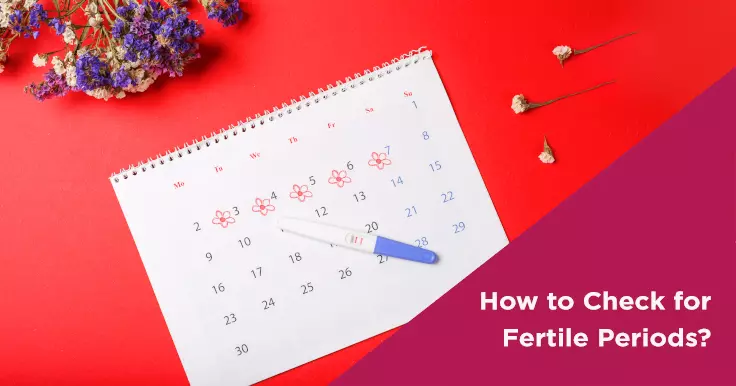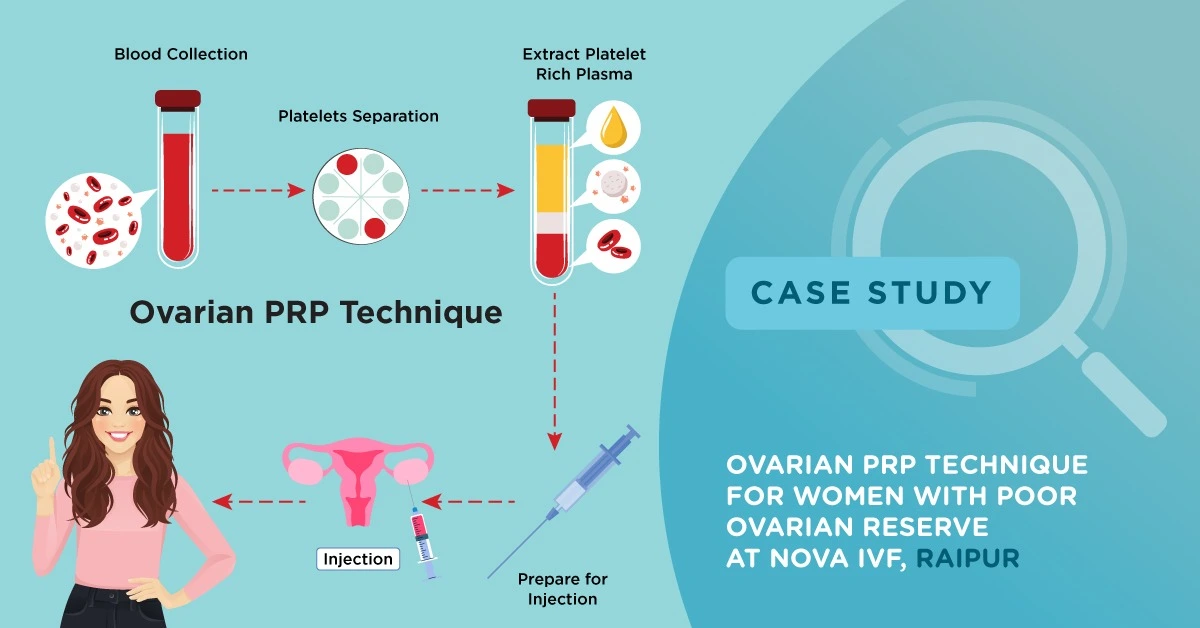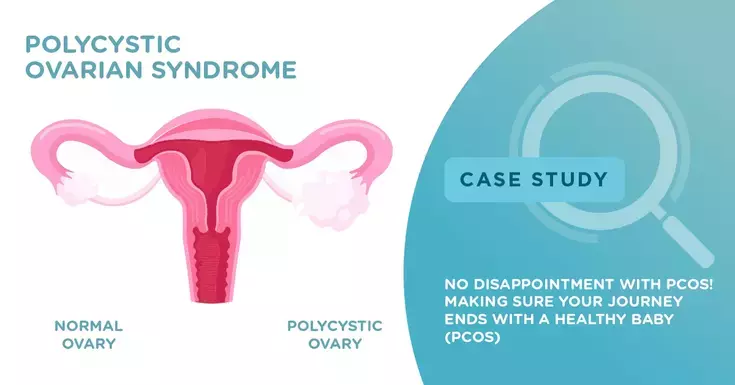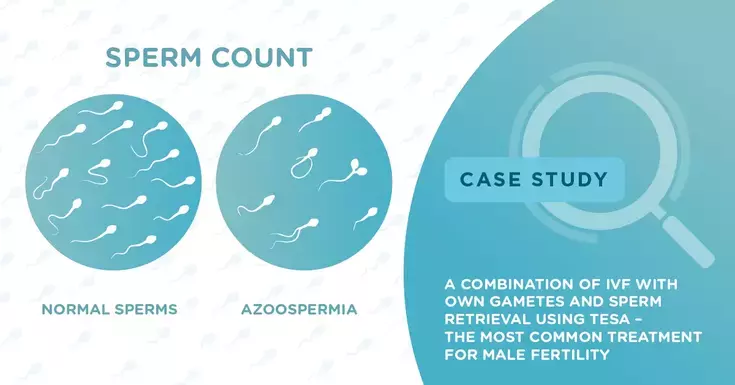How to Check for Fertile Periods?

The timing of sexual intercourse is crucial when it comes to conceiving a child. Women are fertile only for a short window every month. If they have unprotected sexual intercourse at any other time, they have a very low chance of getting pregnant. This timing is dependent on the length of a woman’s menstrual cycle.
What is the Fertility Window?
Once a woman ovulates, the egg can be fertilized only in the next 24 hours. However, sperm can live in the woman’s body for up to 6 days. Thus, a woman’s fertility period begins 6 days before ovulation and continues till the day after ovulation. This means that if the couple has unprotected sexual intercourse 3 days before the woman ovulates, she could get pregnant. However, if they have sexual intercourse 4 days after she ovulates, chances of pregnancy are very slim.
Methods Used for Checking Fertile Periods
There are a number of different methods that are used for checking fertile periods including:
Ovulation Calculators
Women with regular menstrual cycles can easily calculate their ovulation dates. Ovulation usually occurs 14 days before the start of a period. Thus, if you have a 28 days cycle, you should ovulate on day 14. This count begins from the day you started your period. Even if the cycle is shorter or longer than 28 days, ovulation still occurs 14 days before the start of a period.
Women with short cycles and longer periods typically have a very short fertility window. For example, if a woman has a 24 days cycle and bleeds for 8 days, she has only two days after the end of her periods to get pregnant. In such cases, it is important to note that even if the couple has unprotected sexual intercourse while the woman is on her period, she may get pregnant.
Changes in Cervical Mucus
The body maximizes production of cervical mucus just before ovulation. This is because the presence of this mucus makes it easy for sperm to travel through the cervix and fertilize the egg. At this phase of the menstrual cycle, the mucus appears thick, cloudy and creamy but not very sticky.
The simplest way to check cervical mucus is to wipe your vagina with a piece of toilet paper. Some women also produce enough cervical mucus for it to stain their underwear.
Changes in Basal Temperature
Basal body temperature refers to the body’s temperature when it is at rest. This should be taken just after waking up before too much movement has occurred. Basal body temperature charting is a very old method of fertility awareness. A special thermometer is needed to measure basal temperature. Normal basal temperature is 96-98 degrees Fahrenheit. However, when a woman ovulates, her basal temperature increases to 97-99 degrees Fahrenheit.
To use this temperature to calculate your fertility window, you should take your basal temperature every morning and create a chart with the data. You will soon notice a pattern. If you want to have a baby, you should time your sexual intercourse just before your basal temperature spikes.












How severe PCOS can lead to infertility?
Know MoreWhat is Hydrosalpinx Removal?
Know MoreHow does prolactin may impact fertility?
Know More